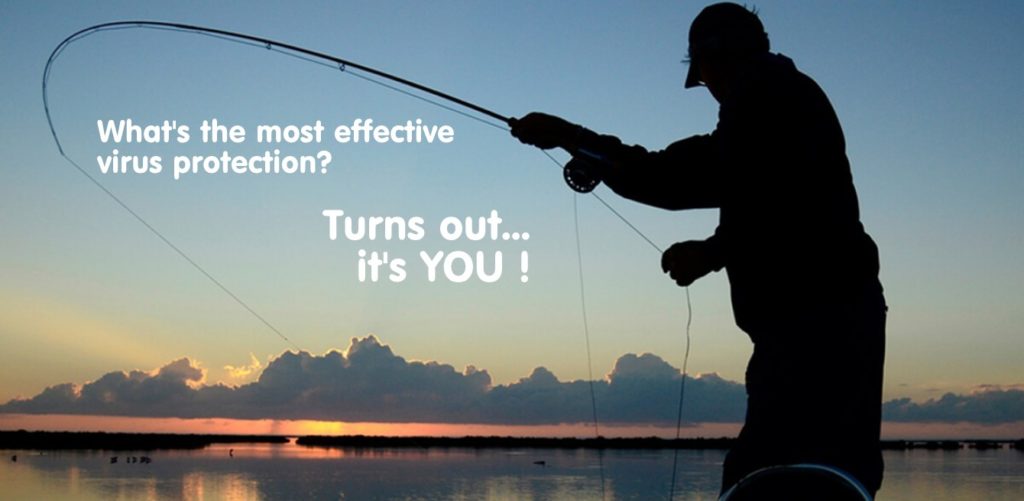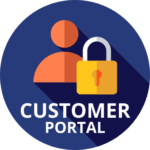 Magnify247.com is often brought in for a virus removal after an unfortunate infiltration of malware that makes a computer unusable. And after we eradicate the virus, we want to make sure it doesn’t happen again.
Magnify247.com is often brought in for a virus removal after an unfortunate infiltration of malware that makes a computer unusable. And after we eradicate the virus, we want to make sure it doesn’t happen again.
We offer clients advice on the most trustworthy anti-virus programs they can use to keep home or office computers safe, but software is only one measure of protection. The most effective method is you!
After all, viruses can’t get in unless you let them by clicking a malicious link or downloading a dangerous email attachment. So, the first line of defense against needing a virus removal is really the computer user themselves.
Many of our clients start out searching, “repair computer in Noblesville” after it’s too late and they’ve got a device that is impossible to use. They’re pleased when they leave with their computer intact once again and a whole lot of great advice from our Magnify247.com Team.
71% of Malware Intrusions are Delivered by Phishing Emails
While you may think your home or work network is at most risk from a high tech hack, the truth is that phishing emails are by far the number one method of delivering a virus or other malicious script.
Phishing emails come in many different forms and all have a single purpose, to trick you into opening a malicious attachment or clicking on a dangerous website link.
Here are a few examples:
- An email that looks like it’s from UPS or FedEx, with a link to update your account
- An email from an unknown company with an attached purchase order for your goods or services
- An email that looks like it’s from your social media friend with a link to a photo
- An email from your bank warning that you need to immediately update your account settings
Knowing what to watch out for so you (or your employees) can identify and delete phishing emails right away is your most powerful form of virus prevention.
How to Be a Masterful Human Anti-Virus
Cybersecurity is one of the many computer services that Magnify247.com provides. Whether you’re searching, “repair computer in Noblesville” or “Noblesville virus removal” you can count on our team to give you fast, expert, and friendly service.
Keeping our clients safe online is a main mission of ours so we wanted to share these tips for being a masterful human anti-virus, which really means knowing how to identify a phishing email before it has a chance to deliver a dangerous virus into your system.
How do you identify phishing emails?
Phishing emails are designed to fool you, especially in the course of a busy day when you might click before you have a chance to think about it. But you can do a few things to quickly identify them from a real email, and it will only take a few seconds.
Learn to Hover
Before clicking any link in an email, it’s smart to take a second to over your cursor over it WITHOUT clicking. This will display the real URL link that it’s taking you to.
For example, the text of the link may say “UPS.com/accountsettings” but when you hover over the text of the link, it reveals “txthub.ru/upsaccountsettings” and you can immediately see this is a fake URL to a most likely virus-laden site.
Ask if the Email Makes Sense
While getting a big purchase order might be exciting (and that’s what the scammer is counting on) before you open that attachment, ask if you were expecting a purchase order from this particular sender. Likewise, if you receive a UPS shipping confirmation, ask if makes sense or looks like what you normally get.
If it doesn’t make sense, then run the attachment through an anti-virus program before opening it. Or, if the attachment is an .exe (executable program), do not open it. If you really aren’t sure if it’s legit or not, ask the sender to fax or mail the purchase order to your office in paper form. Most likely, you’ll never hear back because they didn’t trick you.
Check the Message Source
Have you ever received an email that looked like it was from you, but you know it wasn’t? How did they make it send from your email address? Unless you were hacked, most likely it wasn’t actually sent from your account, they just spoofed your address.
This is done often to make you think that an email is coming from someone you know, but there is a way to see the actual message source. Depending upon your email program it may be slightly different, but it will be something like “View > Message > Raw Source” This will allow you see the actual return path of the message and the email address that it really came from.
Check for Grammar and Misspellings
While everyone mistypes from time to time, if you see a lot of broken grammar and several words misspelled in an email, there is a very good chance it’s a fake and you should handle with extreme caution.
Stop if It’s Suspiciously Urgent or Threatening
Cybercriminals will often appeal to emotions to get people to click before they think. Threats of your account being closed if you don’t update it right away or a fake personal video that someone has of you are big warning signs.
Don’t fall for those emotional traps. If you initially consider this type of email as a fake, then you can stay calm and employ some of the other methods of spotting a fake, like hovering over links or checking the raw source code for the sender.
Looking for Expert Virus Removal or Cyber Safety Training?
The longer you put off virus removal, the worse it can get. It can also infect other systems on your wireless network. Be safe and contact Magnify247.com today through our contact form.






